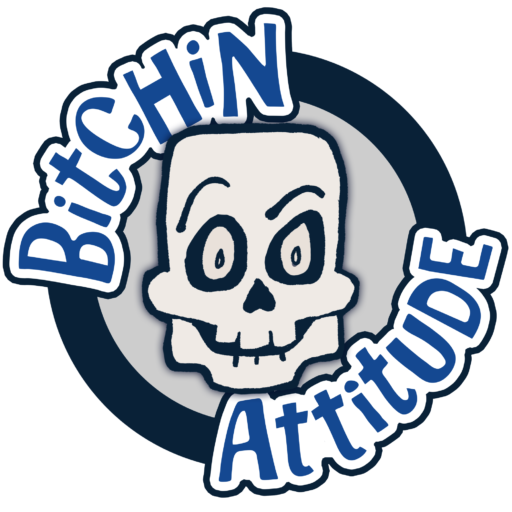I’ve always felt that the schooner rig was much underappreciated rig in most of Europe. This is the best fore and aft rig for a larger sailing ship. It goes well both upwind and down. One book in my collection I’ve just re-read called ‘The last Schoonerman’ by Joe Russell reminded me of that. It probably quite unknown book here. But I knew about Lahave river in Nova Scotia having delivered a replica Bristol Channel Pilot Cutter from there.
Most North American sailors realized quickly, it’s a fast rig both up and down wind. But it doesn’t work well unless the boat is long; hence, maybe why it’s not popular for most yachtsmen, nowadays…
The Portuguese knew that when they exploited the Grand Banks whilst Cod fishing there for many years during the nineteenth century. They longlined using Dories; and large fleets of huge schooners that set off to exploit this rich ground. Due perhaps, because the French/Spanish domination of the Bay of Biscay, and their part of the eastern Atlantic Ocean wasn’t as good for easily caught big fish by then. Thus, it became an important part of their small countries’ economy…
Longtime ago I when sailing in the Carib on a replica of ‘America’. A similar craft to the one that came over to win the America’s Cup in 1861. It was impressive how well she sailed considering when she was designed. Naturally, it felt in England that they were cheating, which is oft our ploy when we lose badly.
Have always felt very lucky to have been able to sail on several large old schooners yachts as crew; then running some of them as the skipper. There are far too many names that trip into my mind like ‘Belle Adventure’, ‘Puritan’. And even seeing more modern like craft ‘Adix’ brings back many fantastic memories about why I love this rig. Some of them can be beasts especially if you don’t have enough skilled crew when crossing the pond. But sailing big boats that are not surfing but clocking 12 or many more knots at true hull speed in the NE Trades. Was a powerful drug for me.
The ones left of these yachts are things of great of beauty. You can keep your old churches, Cathedrals, great Buildings, Standing Stones and mountains etc. Any large sailing yacht doing her thing with all that power is sublime. Even though you might have to work very hard with her; she’s a wonderful mistress.
Perhaps a more modern example might be the way the New Zealanders and great racing sailors like NZ’s Peter Blake and Grant Dalton began to exploit this rig during the later end of the Whitbread ‘round the world yacht races. They called them ketches to fit within the rules, but they were really very close to being schooners. (Like most sailor’s terms names of rigs etc., these names were usually very flexible during the days of working sail).
This meant that both ‘Steinlager’ and … were big yachts and fast up wind or down. Able to set large amounts of sail for light airs when running downwind, reach very fast or sail to windward quite well. Because in fact in you’re ever being in the Southern Ocean; it’s not always downhill as most imagine. Just very cold, bloody windy often with huge swells as well very large waves.
Naturally, I can’t stop without mentioning ‘Bluenose’ a wonderful example of a very fast but also extremely seaworthy schooner. I bought my daughter Kyra one of those difficult kits which I can’t do with all the keel, ribs and then you plank it etc. Even though unfortunately she was still young and hated boats at that time. (It was all our family talked about|). She finished it which was impressive.
Lou Kenedy (i.e. The last schoonerman’) had a remarkable life using minimum crews trading under sail on the American east coast from the Maritimes to the Caribbean. It kind of reminded me of Bob Roberts in UK as the last Bargemaster that I saw working when I was a boy. If you’ve never read this book, I can recommend you read it.



